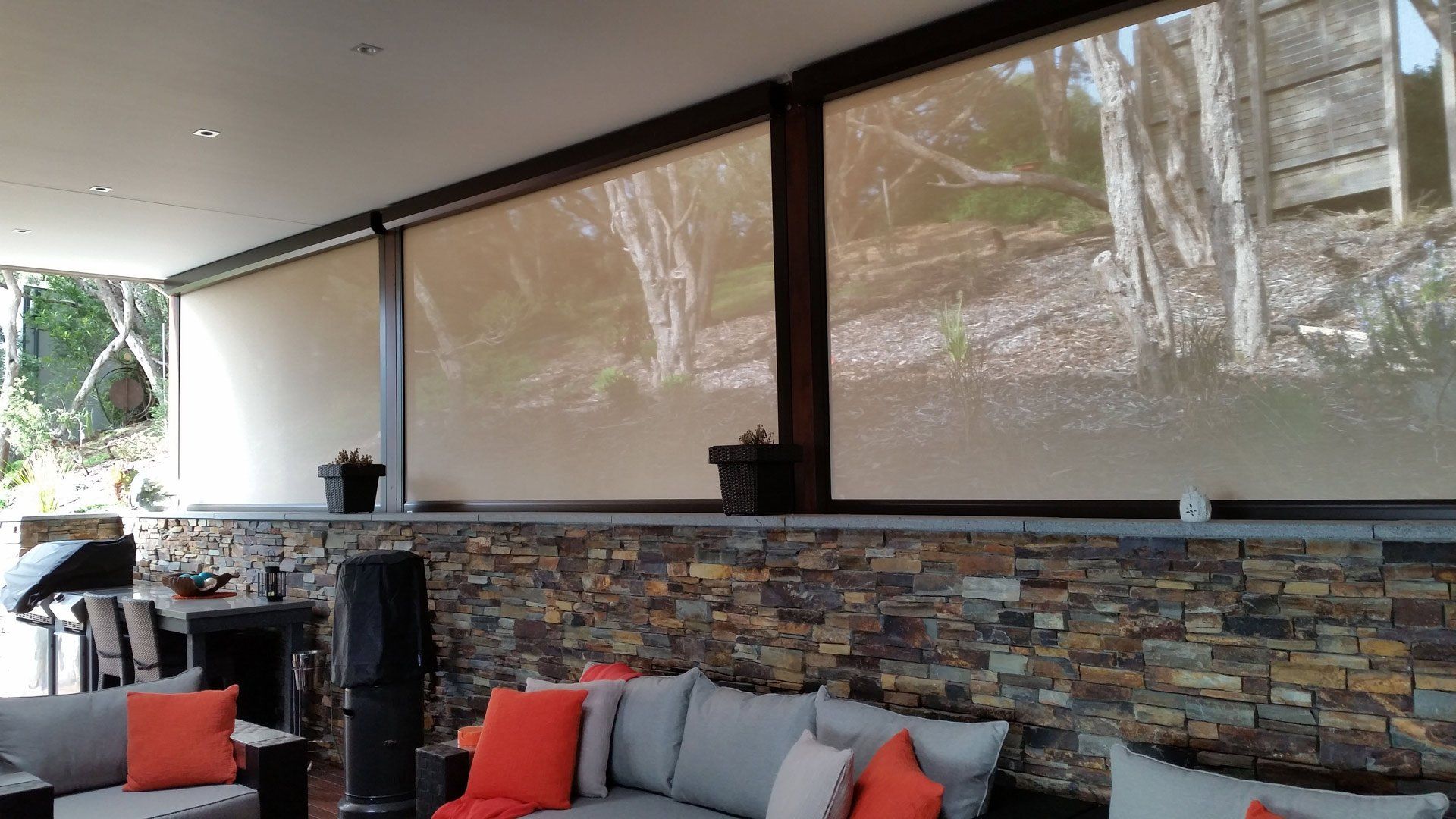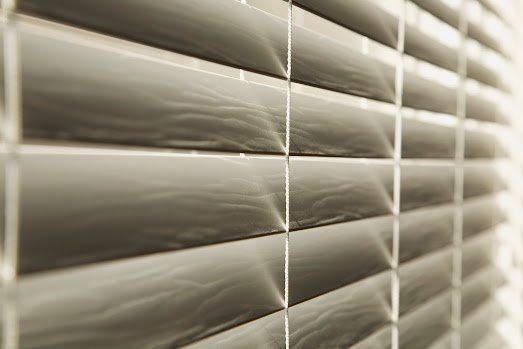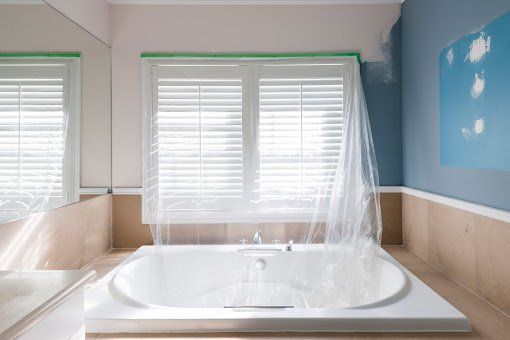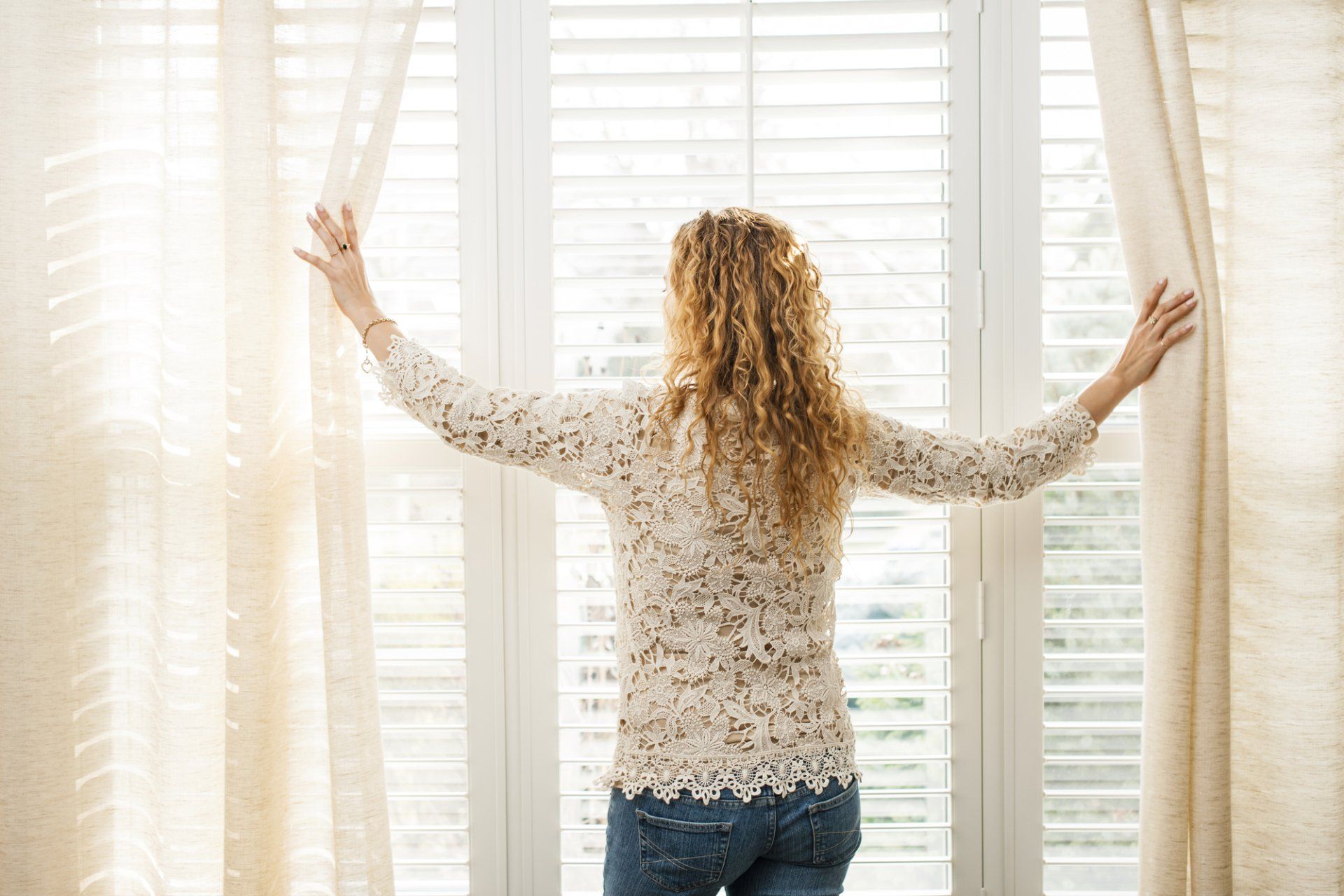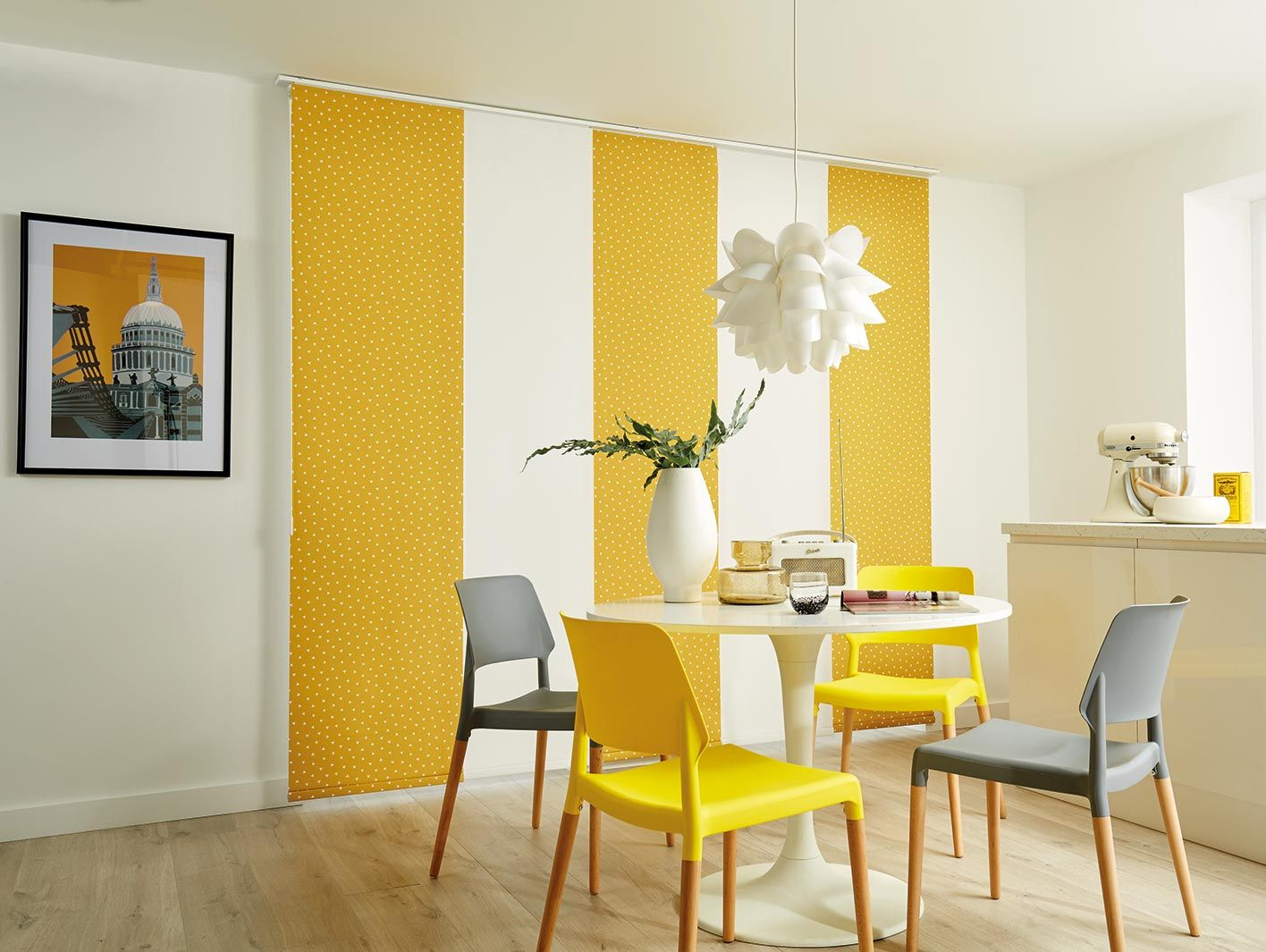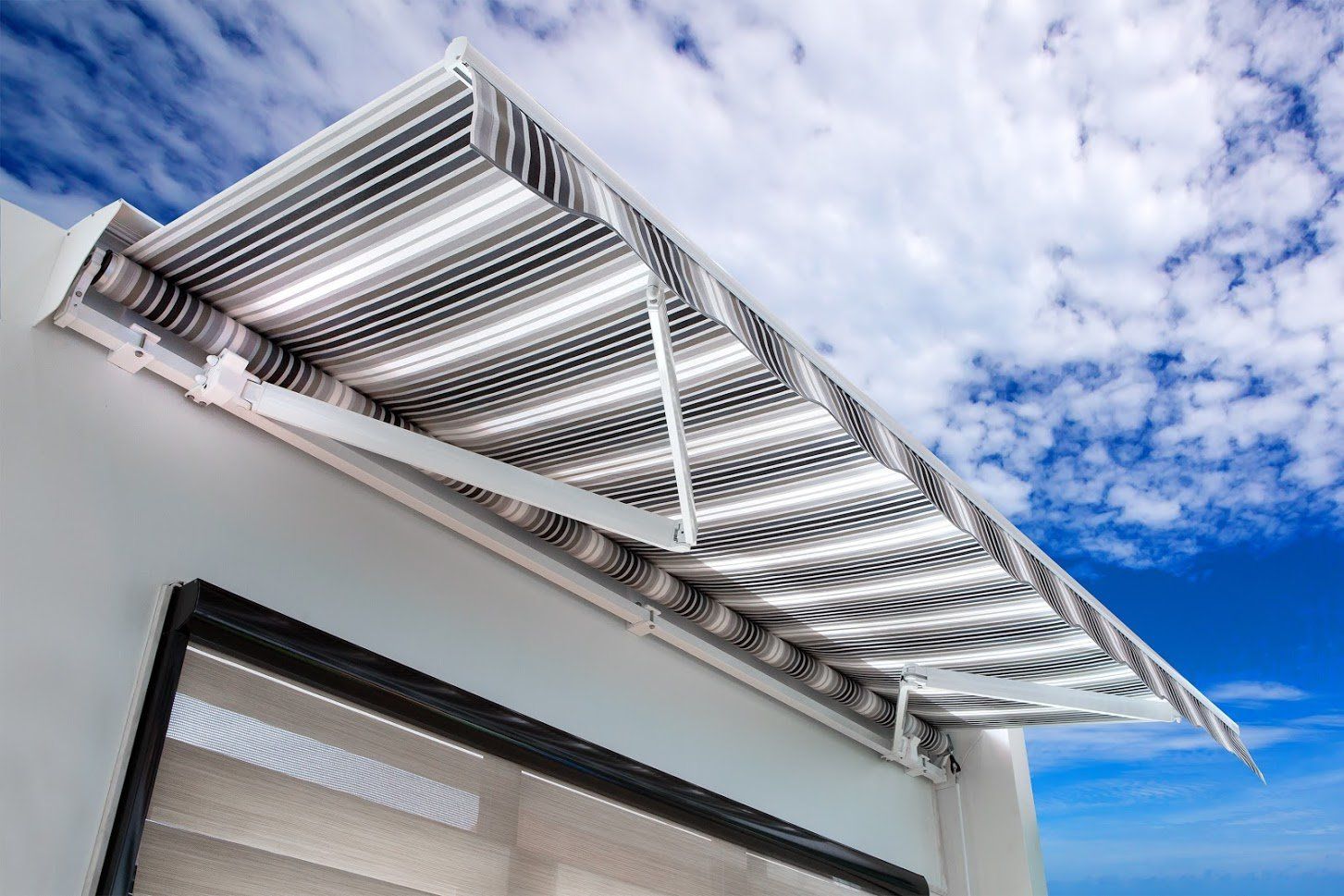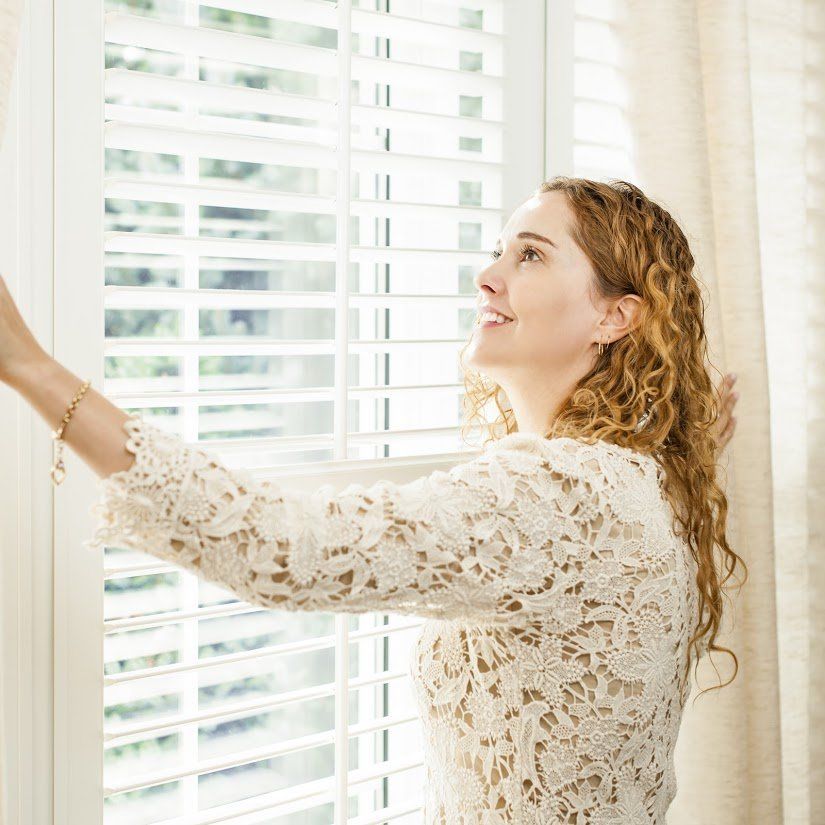The History Behind Common Window Blind Types
Window coverings have been around probably as long as windows have. As often as you may want to see outside and let light in, you also may want to keep the light out. Take a look at a brief history of the most common types of window blinds to learn why we still use them.
Venetian blinds
Venetian blinds are some of the most common types of window blinds around the world. Though they are called Venetian blinds, they may have started in Persia or even Ancient Egypt. Their utilitarian design is optimal for alternating between blocking light and letting it in, with several slats of material strung together in a way that lets users change the angle of the slats, usually with a twisting rod.
These blinds became popular in Venice in the 18th century and, from there, spread across the world, mostly in the West, and became a staple in the UK, where patents were taken out for Venetian blinds as early as 1760.
Since then, they have been an affordable window covering option, with slats of plastic or thin aluminium, making them cheap to produce and easy to use. They can also be from wood or other kinds of metal, and they come in a variety of colours.
Roman blinds
These types of blinds are named after the Roman Empire, where they blocked out the sun during the construction of the Colosseum to reduce heat. Roman blinds use cloth instead of harder materials, which is corded on both sides of the window and lifts when the cord is tugged on. The fabric rolls evenly at the top of the window and lies flat when covering the window.
Roman blinds seem to be an upgraded version of curtains that you can raise and lower with more efficiency and more coverage. In modern times, Roman blinds continue to be a versatile option with different kinds of fabric and synthetic materials that can let in partial light or block it out entirely, all while adding a touch of sophistication to the space.
Shoji blinds
While some blinds work by rolling down a window, shoji blinds roll across the window from side to side. Originating in Japan as early as the 1100s A.D., they are based on Japanese shoji, the screen-like door used in architecture. Instead of blocking all light, shoji blinds diffuse natural light through panels to brighten a space without casting any direct sunlight inside.
The original shoji screens were made of light, strong wood frames and paper panels, making them easy to slide back and forth while also remaining intact. Shoji blinds now can be made from stronger materials, and their function and style changed over time throughout history in Japan.
Mini blinds
Mini blinds seem very similar to Venetian blinds at a glance. They have the same system of slats of materials that connect by string, but what makes them different is the size. Mini blinds aren't as wide as Venetian blinds, and they are commonly made of aluminium.
They have their origins in Venetian blinds, but in the last half of the 20th century, window blind production changed and consolidated. Mini blinds rose to popularity in the 1970s and remained. Because they are so light, easy to use and inexpensive to make, mini blinds are some of the most common you'll see. They often function as a baseline for window coverings, and many people will upgrade them over time and as they suffer wear from use.
Find your blinds today
At Redgum Blinds and Shutters, we offer a range of window coverings and dressings, including blinds of many kinds. Visit our website to learn more about the products we offer, and consult with us to decide on a type of blind that works for your home.
